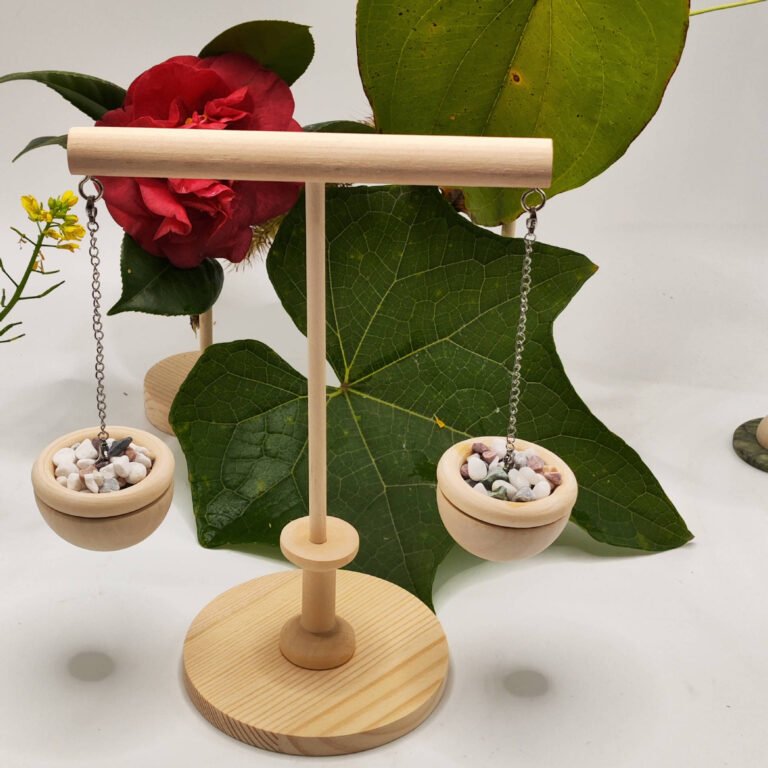n the vast market of cross-border commodities, gourds, as a unique cultural symbol and household item, are gradually gaining favor among consumers both domestically and internationally. Originating from ancient China, gourds, a natural gift, not only carry profound cultural connotations but also exhibit new vitality in modern society with their unique shapes and diverse applications.
In traditional Chinese culture, gourds are regarded as symbols of good fortune, with their homophonous meaning of “Fu (happiness) and Lu (wealth).” Ancient people often hung gourds in their homes to pray for family safety, health, and good luck. Furthermore, the shape of gourds, which often have multiple bulges, symbolizes the prosperity of descendants and the flourishing of the family, making them beloved decorations in many households.
Gourds are not only manifestations of natural beauty but also important carriers of artistic creation. Artisans utilize the natural shapes of gourds, transforming them into exquisite works of art through various techniques such as carving, painting, and pyrography. These gourd artworks, whether used as home decorations or as collectibles, can exhibit unique Oriental charm and cultural allure, attracting art lovers from around the world.


-768x768.jpg)

